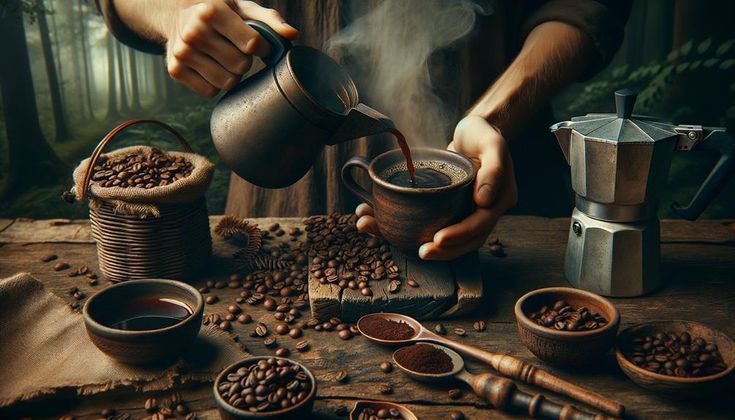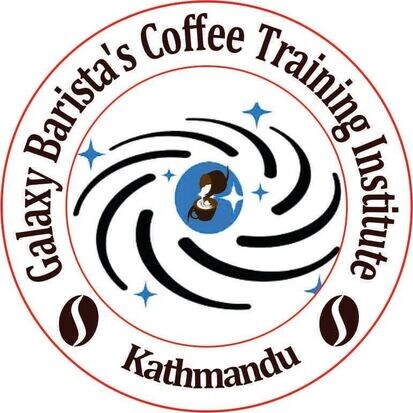
Coffee can be simple to brew—add water to coffee grounds and you're done. But working behind each amazing cup is the chemistry of coffee extraction. The key to ideal balance of flavors, aromas, and strength is understanding how coffee extraction happens.
If you've ever had coffee that was too sour or too bitter, something went wrong in the extraction process. In this guide, we'll de-mystify the science behind coffee brewing and show you how to optimize your coffee extraction for the best results.
Essentially, coffee extraction is the drawing out of flavors, oils, and compounds from coffee grounds with water. It aims to extract the proper proportion of flavors without over-extraction (making coffee bitter) or under-extraction (making coffee sour).
Early Extraction – Acids and fruit flavors break down first.
Main Extraction – Sweet, balanced flavors appear.
Late Extraction – Bitter compounds form if over-extracted.
A well-extracted coffee is in balance regarding acidity, sweetness, and bitterness and feels smooth and pleasant to the taste.
There are several factors that determine how coffee extraction takes place. By adjusting these factors, you can control the flavor of your coffee and expect consistent results.
Grind size controls the pace at which water flows through coffee grounds and the measure of flavor being extracted.
Coarse grind (cold brew, French press) – Less bitter extraction, slower.
Medium grind (drip coffee, pour-over) – Balanced extraction.
Fine grind (espresso, Aeropress) – Danger of bitterness, fast extraction.
Brew time with coffee and water controls extraction levels.
Short brew time (Espresso: 25-30 seconds) – Require fine grind to allow for a fast extraction.
Medium brew time (Pour-over: 2-4 minutes) – Use medium grind in order to extract balanced flavors.
Long brew time (French press: 4-6 minutes) – Utilizes coarse grind for slow, even extraction.
The optimal water temperature for coffee brewing is 195°F - 205°F (90°C - 96°C).
Too hot – Over-extraction, bitter taste.
Too cold – Under-extraction, weak and sour taste.
Using a temperature-controlled kettle ensures consistency.
A balanced ratio of coffee to water guarantees proper strength and taste. The most popular ratios are:
Espresso – 1:2 (1g coffee to 2g water)
Pour-over – 1:15 to 1:17 (1g coffee to 15-17g water)
French Press – 1:15 (1g coffee to 15g water)
Ratio experiments allow you to tailor coffee strength to taste.
Espresso is one of the most demanding brewing methods, and attention to detail needs to be paid to maximize outcomes.
Use freshly uniform ground coffee to maintain consistency.
Tamp with 30 lbs of pressure for even water flow.
Target a 25-30 second shot time for well-balanced flavors.
Check the crema – A rich, golden crema indicates good extraction.
Adjust your grind to make the espresso less bitter if it is too bitter. Make it less sour if it is too sour by using a finer grind.
Not happy with the flavor of your coffee? Understanding about over-extraction and under-extraction helps to diagnose and fix brewing issues.
Too fine grind
Too long brew time
Too hot water
Use a coarser grind
Shorten brew time
Reduce water temperature
Too coarse grind
Too short brew time
Water too cold
Use a finer grind
Increase brew time
Heat water to 195-205°F
To consistently brew great coffee, do these:
Choose the best grind for your brewing technique.
Use filtered water at the correct temperature.
Measure your coffee and water precisely.
Control brew time to extract the right flavors.
Make incremental adjustments to refine your technique.
By focusing on these fundamentals, you can consistently make perfect coffee extraction.
The art of coffee brewing is the key to brewing better coffee. By having mastery over grind size, water temperature, brew time, and proportions of coffee, you can control the extraction process and achieve flawlessly balanced, rich-flavored coffee.
Whether you're brewing espresso, pour-over, or French press, experimenting with variables will help you perfect your skill and enjoy the best coffee at home.
With practice and attention to detail, you’ll be able to brew like a pro—one cup at a time!
| Categories: | Services / Tutoring & Learning Centres |
| Phone: | 9818339553 |
| Address: | Bagbazar |
| Email: | galaxytraining33@gmail.com |

Member since March 20, 2025
View All Ads Send Message